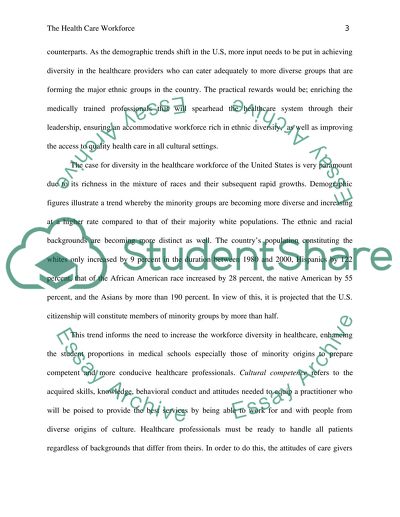Cite this document
(“The healthcare Workforce Research Paper Example | Topics and Well Written Essays - 2000 words”, n.d.)
The healthcare Workforce Research Paper Example | Topics and Well Written Essays - 2000 words. Retrieved from https://studentshare.org/health-sciences-medicine/1469067-the-healthcare-workforce
The healthcare Workforce Research Paper Example | Topics and Well Written Essays - 2000 words. Retrieved from https://studentshare.org/health-sciences-medicine/1469067-the-healthcare-workforce
(The Healthcare Workforce Research Paper Example | Topics and Well Written Essays - 2000 Words)
The Healthcare Workforce Research Paper Example | Topics and Well Written Essays - 2000 Words. https://studentshare.org/health-sciences-medicine/1469067-the-healthcare-workforce.
The Healthcare Workforce Research Paper Example | Topics and Well Written Essays - 2000 Words. https://studentshare.org/health-sciences-medicine/1469067-the-healthcare-workforce.
“The Healthcare Workforce Research Paper Example | Topics and Well Written Essays - 2000 Words”, n.d. https://studentshare.org/health-sciences-medicine/1469067-the-healthcare-workforce.


